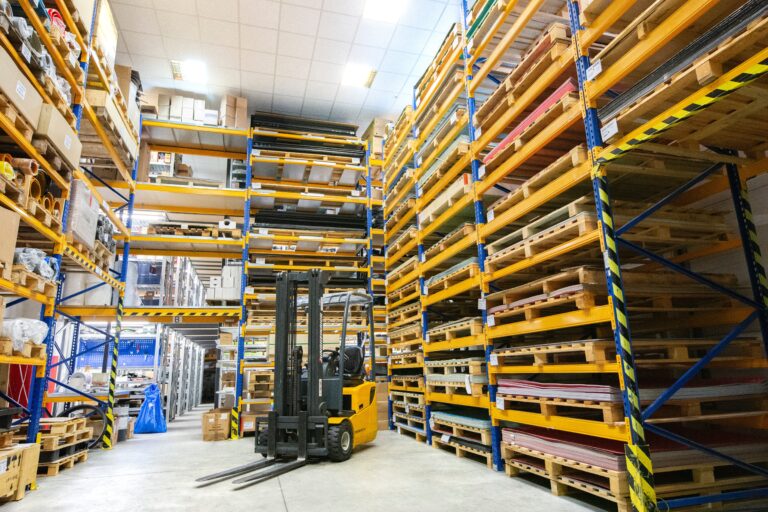
Warehouse automation is a game-changer in today’s fast-paced, customer-centric market. This step-by-step guide will walk you through the process of implementing warehouse automation, from understanding its basics to reaping its benefits.
Step 1: Understanding Warehouse Automation
Warehouse automation is the process of automating the movement of inventory into, within, and out of warehouses with minimal human assistance. It eliminates labor-intensive duties that involve repetitive physical work and manual data entry and analysis, thus increasing efficiency and productivity.
Step 2: Identifying Your Warehouse Needs
Before you can automate, you need to understand your warehouse’s needs. This involves assessing your current warehouse operations, identifying areas that can benefit from automation, and setting goals for what you want to achieve with automation.
Step 3: Exploring Different Types of Warehouse Automation Technologies
There are numerous types of warehouse automation technologies available today, each designed to automate specific warehouse processes. These include conveyor systems, sortation systems, automated storage and retrieval systems (AS/RS), and pick-to-light systems, among others. Familiarize yourself with these technologies to understand how they can benefit your warehouse.
Step 4: Selecting the Right Warehouse Automation Technologies
Once you’ve identified your needs and explored the available technologies, it’s time to select the right ones for your warehouse. This will depend on various factors, including the size and layout of your warehouse, the nature of your operations, your budget, and your long-term business objectives.
Step 5: Planning Your Warehouse Automation Project
After selecting the right technologies, you need to plan your warehouse automation project. This involves creating a detailed project plan, setting a timeline, allocating resources, and preparing for potential challenges.
Step 6: Implementing Warehouse Automation
With a solid plan in place, you can now start implementing your warehouse automation project. This involves installing the selected technologies, integrating them with your existing systems, and testing them to ensure they work as expected.
Step 7: Training Your Staff
Training your staff is a crucial step in the warehouse automation process. Your staff needs to understand how to use the new technologies effectively and safely. Provide comprehensive training and support to ensure a smooth transition.
Step 8: Monitoring and Adjusting Your Warehouse Automation System
Once your warehouse automation system is up and running, it’s important to monitor its performance and make adjustments as needed. This will help you ensure that the system is meeting your goals and delivering the expected benefits.
Step 9: Reaping the Benefits of Warehouse Automation
With your warehouse automation system in place and operating smoothly, you can start reaping its benefits. These include increased productivity, improved accuracy, reduced labor costs, and enhanced safety. Celebrate these wins and use them to build support for future automation projects.
Step 10: Keeping Up with Future Trends in Warehouse Automation
The world of warehouse automation is constantly evolving, with new technologies and trends emerging regularly. Stay informed about these trends to ensure that your warehouse remains competitive and continues to reap the benefits of automation.
Conclusion
Warehouse automation is a powerful tool that can significantly improve your warehouse operations and boost productivity. By following this step-by-step guide, you can successfully implement warehouse automation and take your warehouse to the next level of efficiency and success.